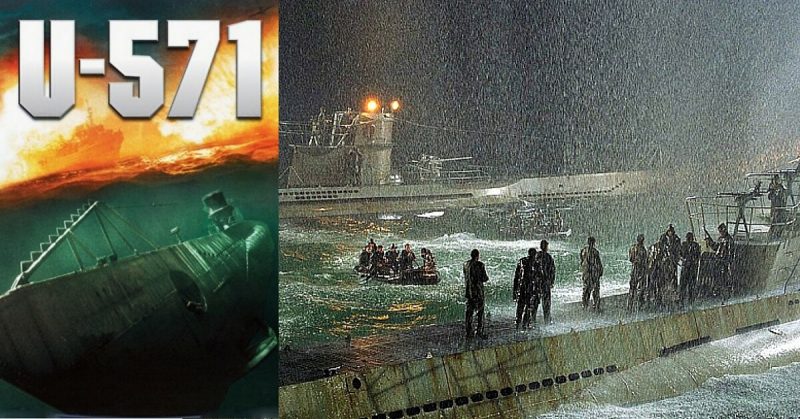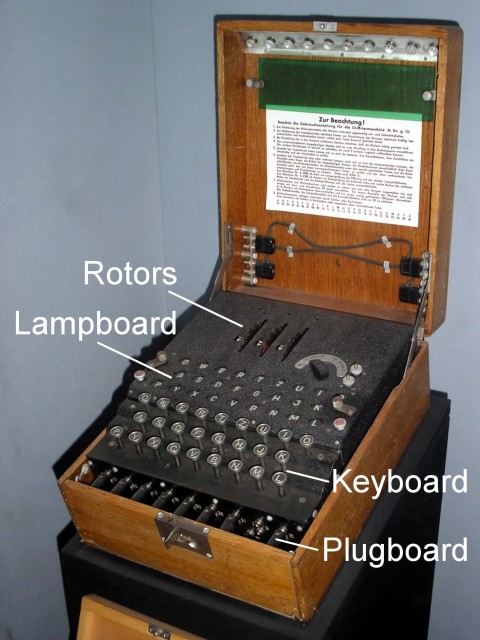For fans of 20th-century war-action maritime films, the 2000 picture U-571 should be a good time. Make some popcorn, go ahead. It even won an Academy Award for sound mixing and the lower frequencies boomed out during the scenes of destroyers hunting for the German submarine U-571 with depth charges have become known as a good way to test a sub-woofer.
For those looking for any semblance of good history, however, just call the movie what it is: a work of fiction, and try to enjoy it for that. The story of U-571 isn’t just wildly inaccurate, it already caused more than a few folks in Britain some anger when it was released. Now, we’ll go over the story in the movie and what really happened in World War II during the Battle of the Atlantic and high-level intelligence operations to break German code.
Capturing the Enigma
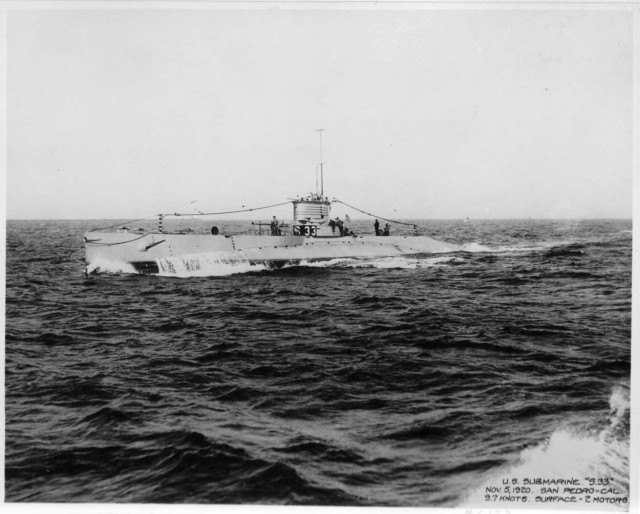
The movie portrays the daring capture of a German code machine (named the Enigma) from a heavily damaged U-boat submarine (U-571) by a crew of young and inexperienced, but brave U.S. Navy sailors aboard an outdated S-33 submarine, disguised to look like a U-boat.
Yes, there was a U.S. Navy submarine called the S-33 launched in 1918 and not decommissioned until 1945. And yes, the U.S. Navy did capture an Enigma machine. But that’s about as much as the film takes from history.
The first Enigma to be captured from the German Navy was taken off of U-110 by the crew of the British Royal Navy destroyer HMS Bulldog in May of 1941. U-110 had been depth-charged by the corvette HMS Aubretia and the destroyer HMS Broadway. The sub was severely damaged, and Kapitänleutnant Fritz-Julius Lemp ordered the crew to abort attempts to scuttle it and abandon ship.
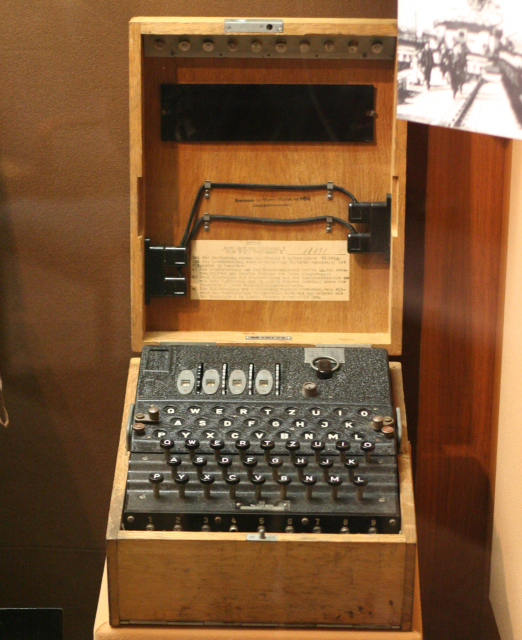
The German Navy took great measures to guard their secrets, as should any military, but certainly more than the Germany Army or Luftwaffe. They added layers of complexity to their models of the Enigma machine, for example. Abandoning ship would have been the last resort taken only when the U-boat would surely not fall into enemy hands.
The moment Lemp realized his submarine was not sinking, he dove into the water and attempted to swim back to destroy the Enigma and other valuable intelligence. He was never seen again, either shot by a British sailor or drowned.
A boarding party from the HMS Bulldog soon found the Enigma machine and the U-110’s Kurzsignale (Short Signal) code book. These priceless prizes were taken to the British Government Code and Cypher School at Bletchley Park and the mathematical genius Alan Turning who cracked the German system using his invention, the earliest form of digital computing.
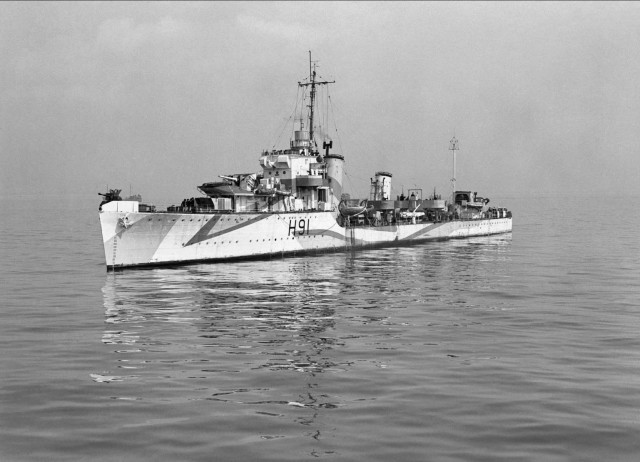
The capture of the Enigma Machine, the breaking of German code, and the elaborate intelligence scheme created to make the information gained from secret German communications to appear as though it was harvested from a different source like operatives in the field, took, at least, two years off the war, if not more. The Germans couldn’t know that the British had captured their machine or cracked their code or else they would have changed the whole operation and the Allies would be back to square one.
The impact and legacy of the British sailors who captured the Enigma machine are enormous, hence, why the big-screen portrayal of an American crew taking the honors might seem in poor taste.
Polish help
And truth be told, we can’t credit the British alone with the cracking of Enigma. In the late 1920’s Polish customs inspected a package from a suspicious traveler and turned the details of it over to the Polish General Staff’s Cypher Bureau. They studied the machine contained therein to its finished details. It was an early commercial version of the Enigma machine, recently adopted by the German Navy for their code transmissions.
Polish mathematician Marian Rejewski cracked the machine’s ciphers by using mathematics in 1932, detailed the basics of how it worked and built the first models of the computing mechanism that Turning later improved on to make the digital computer. Though the German military was already adding more complex layers to its machine, when Poland turned over this intelligence to Britain right before the start of World War II, it was the beginning of the end for German secret communication.
U-505
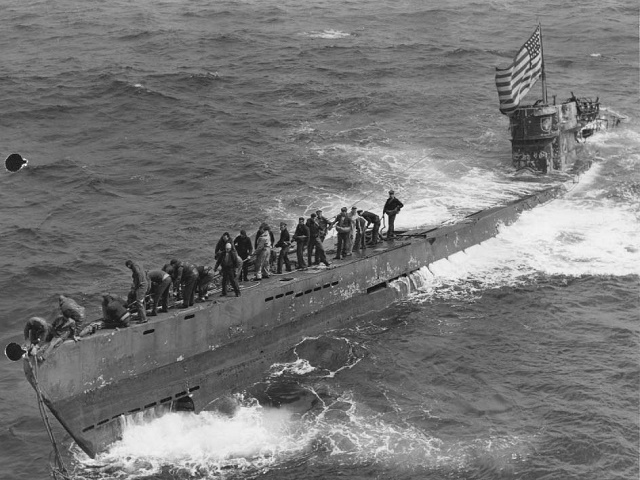
The U.S. Navy did, in fact, manage to capture an Enigma machine. In June 1944, with a tip from intelligence gathered from British program Ultra (in charge of gathering German Enigma communication and distributing it to the governments and militaries of the Allies in such a way as to avoid the German’s knowing where it came from) five U.S. Navy destroyers and an aircraft carrier hunted down U-505.
The group easily managed to force U-505 to surface, captured it with only one German fatality, and took the Enigma machine and several codebooks. Not nearly the jaw-clenching raid and escape from a German U-boat destroyer that leads to the death of scores of sailors portrayed in the movie.
Though the material gained from the U-505 was passed on to Ultra and helped immensely with continued efforts to decipher the ever-evolving German code, the decision to capture, rather than sink the U-boat could have been disastrous if the Germans found out their Enigma machine had fallen into enemy hands. Today, U-505 rests on display at the Museum of Science and Industry in Chicago.
